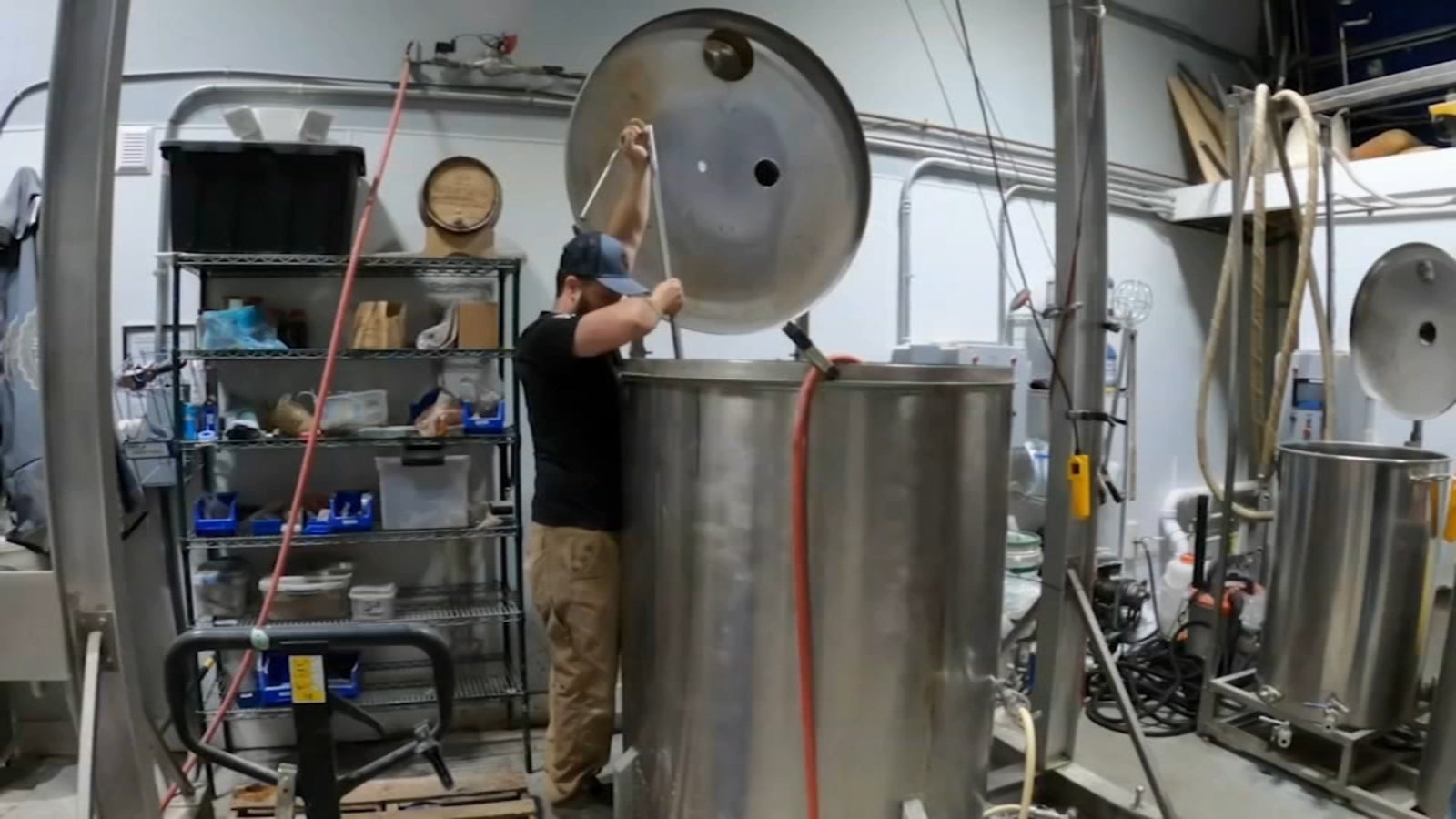Mastering the Craft of Purification: a Deep Dive Into Distillery Traditions
Exploring the complex art of purification introduces a world steeped in classic traditions that have shaped the spirits we delight in today. From the ancient beginnings of purification techniques to the modern-day development of distillery devices, each step in the procedure brings with it an abundant tapestry of history and know-how. As we dig right into the delicate equilibrium of conventional versus modern distilling methods and uncover the relevance of essential active ingredients, a deeper understanding arises of the profound influence distillery customs carry the spirits we enjoy.
Beginnings of Distillation Methods
The development of distillation strategies has an abundant history that traces back to ancient people. The beginnings of purification can be linked to early people such as the Mesopotamians, Egyptians, and Greeks. These old cultures utilized fundamental purification approaches for perfumery, medicine, and producing alcoholic beverages. The principle of dividing parts based upon their different boiling points laid the foundation for the sophisticated distillation procedures we have today.
The earliest proof of purification days back to around 3000 BC in Mesopotamia, where clay pots were made use of to boil down fragrances and aromatic oils. The Egyptians further advanced these techniques, utilizing distillation for embalming methods and medicinal functions. The Greeks, significantly figures like Aristotle and Hippocrates, contributed to the academic understanding of purification.
With time, purification infect regions like India, China, and the Middle East, each culture including its one-of-a-kind touch to the craft. The advancement of purification methods continued through the Center Ages and the Renaissance, ultimately causing the varied selection of distillation processes employed in modern distilleries worldwide.
Advancement of Distillery Devices

With developments in technology and a deeper understanding of the purification procedure, contemporary distilleries currently use a range of sophisticated equipment to generate spirits of the best. Today, distillation equipment consists of column stills, reflux stills, and crossbreed stills, each developed to accommodate details purification requirements. These contemporary stills provide better temperature level guideline, raised distillation accuracy, and better effectiveness in separating alcohol from impurities.
Along with stills, distilleries now use innovative condensers, fermenters, and filtration systems to more fine-tune the distillate. The advancement of distillery devices continues to play an essential duty fit the diverse series of spirits readily available on the market today.
Standard Vs. Modern Distilling Practices
On the other hand, modern-day distilling techniques take advantage of sophisticated innovation and advancement to streamline production processes and improve uniformity. Automated systems, electronic controls, and advanced tools make it possible for modern distilleries to produce spirits more efficiently and with greater precision.
While traditional distilling practices are cherished for their heritage and the distinct tastes they generate, modern-day approaches supply benefits in regards to scalability, high quality control, and sustainability. By integrating scientific improvements and contemporary design, distillers can enhance manufacturing, lower waste, and satisfy the demands these days's market better. Ultimately, the option in between modern and standard distilling methods usually depends navigate here upon the distillery's objectives, values, and target market.
Secret Components in Distillation Refine
Within the craft of purification, the choice of crucial active ingredients plays an essential role in identifying the taste profile and top quality of the spirits produced. The primary ingredients made use of in the distillation process are usually water, yeast, and a fermentable resource such as grains, fruits, or sugarcane.
Water is a basic part as it not only thins down the alcohol material to a tasty level yet also influences the general mouthfeel and texture of the spirit. The top quality and mineral material of the water used can significantly affect the last product.
Yeast is another crucial component that converts the sugars existing in the fermentable source into alcohol via the procedure of fermentation. Various pressures of yeast can generate differing scents and flavors, adding to the one-of-a-kind features of the spirit.

Influence of Distillery Traditions on Spirits
The influence of longstanding distillery customs on spirits extends beyond the selection of crucial components, shaping the really essence and character of the final distilled items (Galveston Whiskey). These traditions, gave via generations, play a crucial duty in specifying the unique taste profiles and qualities that identify one spirit from an additional
Distillery traditions encompass a large range of methods, from the certain strategies made use of in purification to the choice old procedures used. The use of typical copper pot stills in whiskey production is thought to present certain flavors and attributes that are very valued by visit site connoisseurs. Likewise, the aging of spirits in oak barrels, a technique deeply rooted in distilling practices, adds to the advancement of complicated fragrances and tastes over time.

Final Thought
In conclusion, the customs of purification have an abundant history that has advanced in time. From the origins of distillation methods to the modern-day techniques, the effect of distillery practices on spirits is undeniable. By comprehending the crucial active ingredients in the distillation process and the advancement of distillery devices, one Find Out More can appreciate the workmanship and artistry that goes into developing top quality spirits. Distillery customs play an essential duty in forming the spirits industry and preserving the heritage of distillation techniques.
Throughout the background of distillation, the devices utilized in distilleries has gone through considerable development to improve effectiveness and high quality of the distillation process.With advancements in modern technology and a much deeper understanding of the purification process, modern distilleries now make use of a selection of advanced devices to produce spirits of the highest top quality. Today, purification devices includes column stills, reflux stills, and crossbreed stills, each made to provide to particular distillation demands. From the origins of distillation strategies to the contemporary practices, the influence of distillery practices on spirits is indisputable. Distillery traditions play an essential duty in shaping the spirits industry and protecting the heritage of distillation techniques.